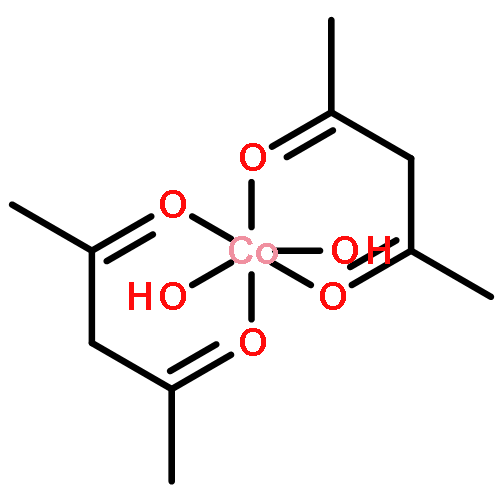A series of cobalt(III) complexes containing 2-cyanoethylphosphines, [Co(acac)2{P(CH2CH2CN)nPh3–n}2]BF4 {acac = 2,4-pentanedionate; n = 1 (1), 2 (2), and 3 (3)} have been prepared, and their molecular and crystal structures have been determined. The X-ray diffraction study revealed that these complexes are the trans isomers in the crystals. The Co–P bond lengths are little affected by the number of 2-cyanoethyl substituents on the P atom, which is consistent with a small change of the σ-donicity among these phosphines. The trans configuration of these complexes is maintained in solution, as revealed by 1H NMR spectroscopy. The 2-cyanoethylphosphines could not form stable cis-isomers of [Co(acac)2{P(CH2CH2CN)nPh3–n}2]+, like the corresponding methylphosphines (PMenPh3–n). This fact probably results from a strong electron-withdrawing property of a terminal cyano group of phosphine substituent. In the UV–Vis absorption spectra of complexes 1–3, the LMCT transition band is observed in the range of 20 500–24 000 cm−1, which is comparable to the analogous PMenPh3–n complexes, but their intensity is characteristically weaker than that of the corresponding PMenPh3–n complexes.A series of bis(2,4-pentanedionato)cobalt(III) complexes containing 2-cyanoethylphosphines, trans-[Co(acac)2{P(CH2CH2CN)nPh3–n}2](BF4 or BPh4) (n = 1, 2 or 3) have been prepared, and their crystal structures and spectroscopic properties have been determined. In accord with the weak σ-donor capability of 2-cyanoethylphosphines, the intensity of the lowest energy LMCT transition band of their complexes decreased remarkably, as compared to that of the corresponding PPh3 complex.
![Image for unlabelled figure]()
